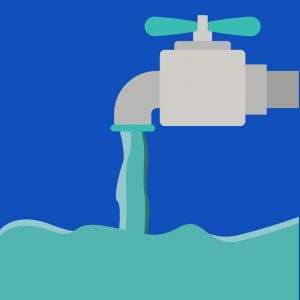 When we talk about solving shopper problems, often we’re focused on culinary questions, like “what’s for dinner?” When Colgate and Albertson’s teamed up to address their mutual interest in water conservation, the goal was to address a different kind of conundrum: guilt.
When we talk about solving shopper problems, often we’re focused on culinary questions, like “what’s for dinner?” When Colgate and Albertson’s teamed up to address their mutual interest in water conservation, the goal was to address a different kind of conundrum: guilt.
Research found a broad spectrum of consumers were concerned about the water they waste. The shopper insight, meanwhile, was that people — millennials especially — were more likely to buy products that support a cause they care about.
The Big Idea. For Colgate, water conservation is more than a cause; it goes to the very heart of both the way the brand makes its soaps and toothpaste and the way its customers use them. Indeed, on average, an American family uses some 100 gallons of water per week. It’s an issue Colgate has been driving for a decade. Albertson’s, with its many stores in drought-ravaged Northern California, shares Colgate’s concerns — as do its customers.
The Big Message. The brand and retailer joined together to promote water conservation — and their respective brands — in tandem, based on a simple, easy-to-understand message: You can save 100,000 glasses of water a year by turning off the water while brushing your teeth. When combined with an image of a child drinking a glass of water, the message resonated deeply.
The Big Measure. The program was measured on the same basis as any other initiative, Shopper or not: sales, share and margin. Additionally, it was evaluated from the retailer’s perspective, in terms of what it did for the category.
Why it Worked. The reality is that if you are truly putting the needs and wants of the shopper first, and you connect emotionally, there is no need to attach a discount. All Colgate products were sold at full retail price during this campaign. It worked because it was built on an equity platform — not a price platform — for both the brand and its retail partner. In addition, the program was predicated on teamwork between the Shopper and Brand, based in part on a water conservation team jointly led by a person in Shopper and a person on the Brand team.
What’s Next. This was a pilot program that has now become a national campaign. Significantly, it began as a Shopper initiative and is now taking its place as a corporate-wide commercial program, with global potential.

